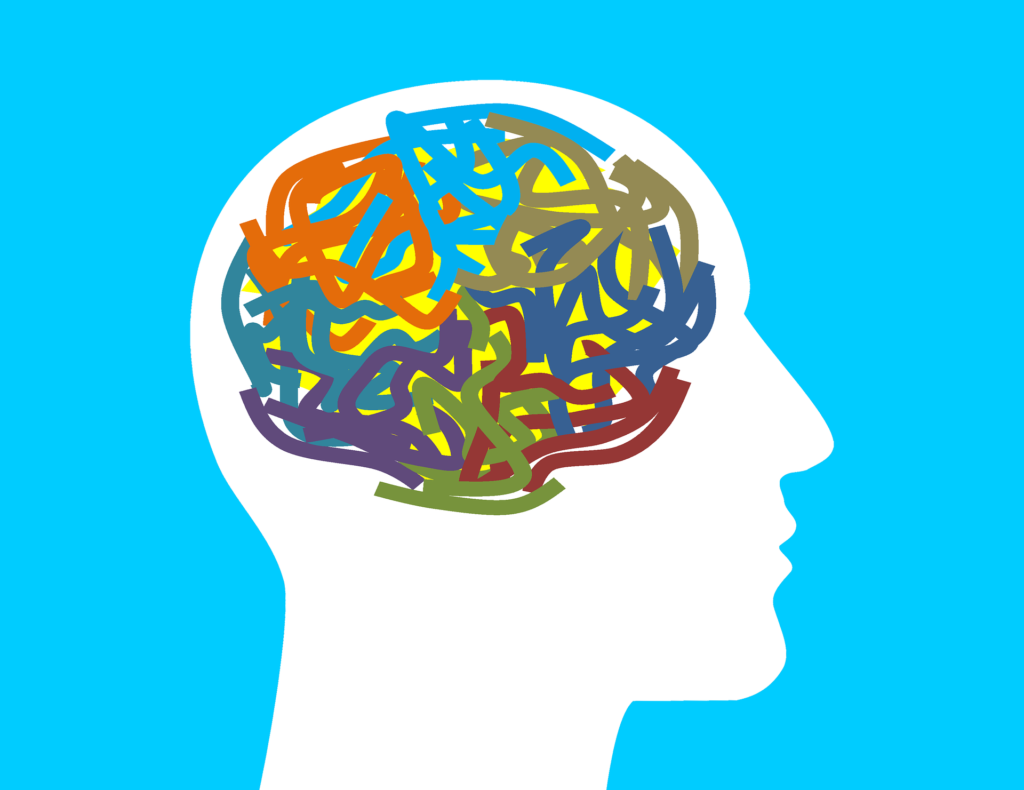Using AI to Enhance L&D

While the career ladder used to be pretty straightforward—employees stayed at one company, climbing through the ranks, for most of their working lives—today’s employees aren’t so eager to stay in one place for twenty (or even five) years. But for employers, the cost to find, recruit, and train new employees year after year just isn’t sustainable (Gallup estimates that turnover among millennials alone costs the US economy $30.5 billion annually), so companies are scrambling for effective ways to engage and retain top talent.
What is it that’s keeping those employees on the move? Today’s workers are no longer satisfied with punching in, completing assignments, and punching out. They’re hungry for challenges, they want to keep learning and growing, and they want to feel like they’re hitting above their weight and making meaningful contributions to their teams. In short, today’s workforce wants to invest in companies that are willing to invest in them. But still, a survey from Deloitte found that 63 percent of millennials feel their leadership skills are not being fully developed in their jobs, and of those who plan to leave their current companies in the next two years, 71 percent cite a lack of training opportunities as one of the main reasons.
It’s clear that businesses that want to retain their top talent for any significant period of time would do well to focus on building strong learning and development programs. But margins are tight, the ROI of these programs is fuzzy at best, and truly effective, personalized training is traditionally prohibitively expensive.
So how can these companies offer the development opportunities their employees are looking for, at scale, without breaking the bank?
For Improving Learning & Development, Artificial Intelligence May Be the Answer
These days, it seems promises about all the ways AI is unlocking human potential are flying around everywhere we look. While some of them still feel fairly futuristic, we know that AI is already improving business processes, operations, and bottom lines in many ways, and it has the potential to help L&D programs become exponentially more effective by offering personalized feedback, resources, and improvement plans tailored to each employee’s individual needs.
In the hands of an L&D leader, AI could provide the benefits of personalized coaching at a fraction of the cost.
But how to get started?
First, it’s important to gain a basic understanding of what we’re talking about when we talk about AI and all its subsets and lookalikes. (Alexander Salas, from Dell, posted a great primer for that on LinkedIn recently.)
Then, identify exactly what problems the organization is looking to solve. Do you need trainings to be more customized? More interactive? More flexible? What specific skills are employees interested in honing?
Once you know what you’re looking for, you can start searching for partners to help turn your organization’s lagging L&D efforts into high quality programs designed to engage top talent and improve the organization’s productivity and bottom line.